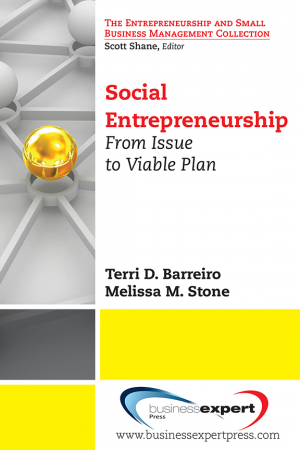Business Engineering and Service Design With Applications for Health Care Institutions
$21.99This book presents an innovative approach to business design, known as Business Engineering, and its application to service offerings design in general. The approach is characterized by integrating many disciplines –Strategy, Business Models, Enterprise Architecture, Processes, Analytics, Information Systems, software and hardware technologies—in generating detailed business designs that are aligned with and make operational stakeholders interests. A hierarchical design methodology is presented, which allows managing the complexity of full enterprise design by starting with overall aggregated designs that are then detailed by hierarchical decomposition. Designs are based on Business, Architecture and Process Patterns that abstract and formalize the knowledge and experience generated from hundreds of business design cases in which the approach has been applied.
The book provides the foundations of Business Engineering, reviews several disciplines integrated within its methodology and presents plentiful evidence of its power by giving detailed real application cases, including very impressive results in private and public situations. In particular, a varied selection of cases of service design are described in detail, including design of the business structure, enterprise architecture, services configuration, resource planning processes and operating processes. In all the cases, solid empirical evidence is given about the benefits that can be generated by a well-founded design of services.











